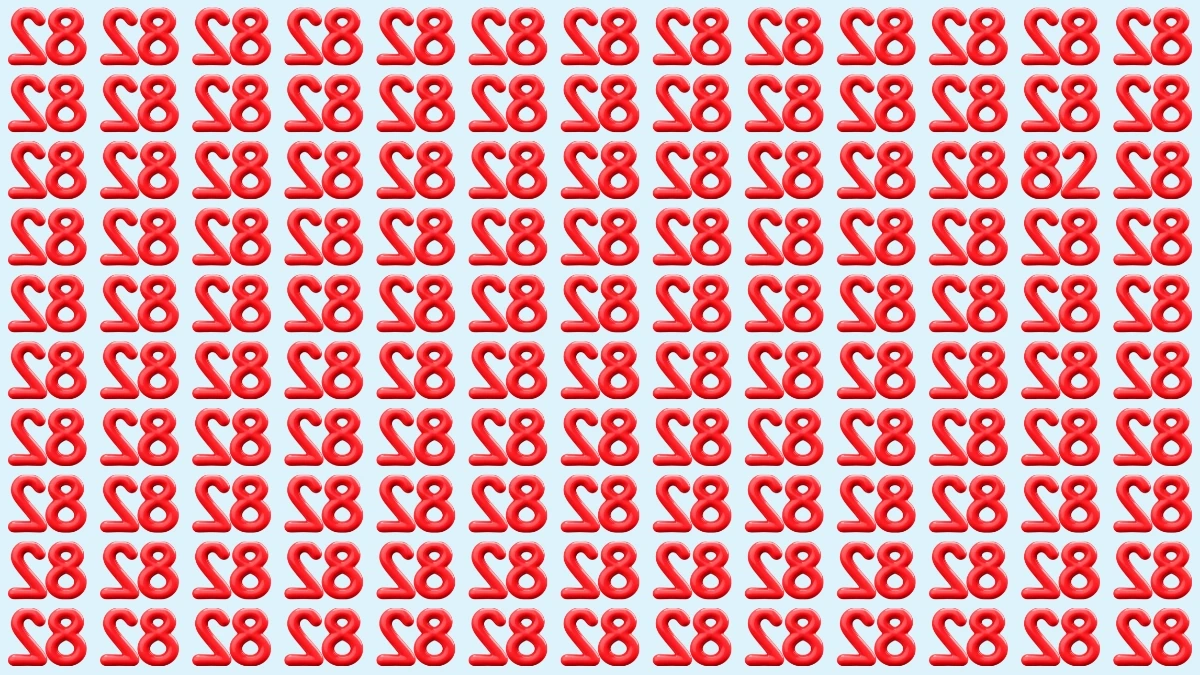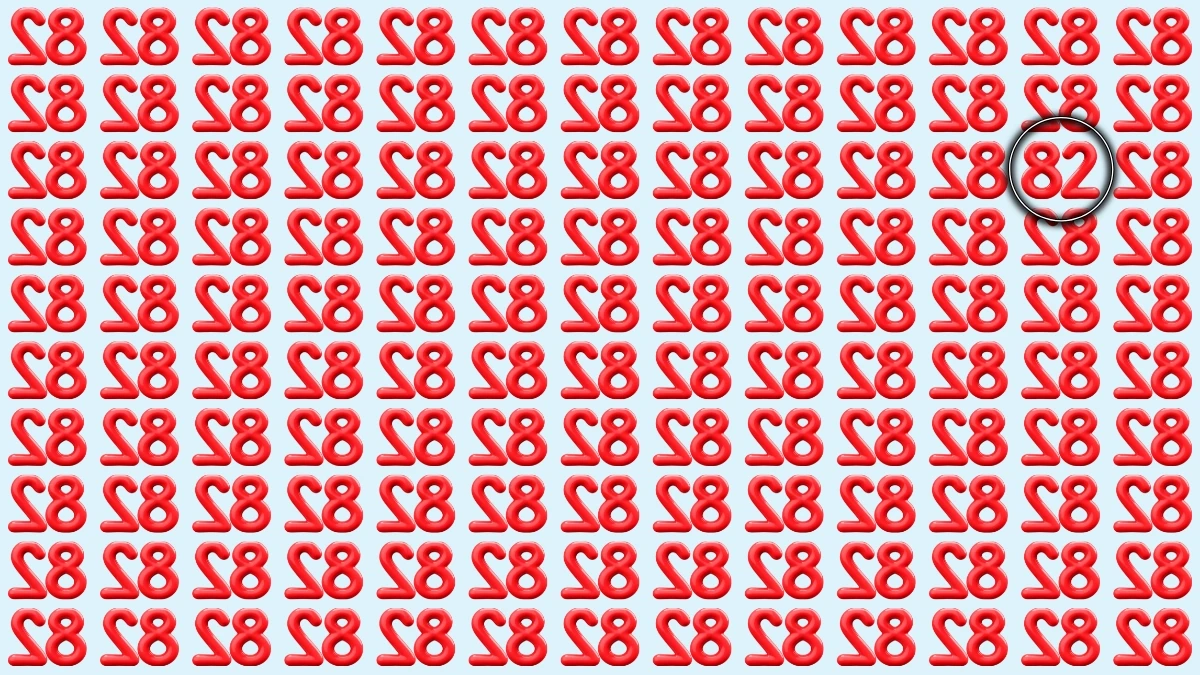Optical Illusion
An optical illusion is a visually perceived image that differs from objective reality. In other words, what we see does not match what is physically present.
Optical illusions trick our brains by using color, light, patterns, or perspective to create images that are misleading or deceptive.
These illusions occur because the brain processes visual information based on assumptions and previous experiences, leading to interpretations that sometimes conflict with actual physical measurements.
Optical illusions are commonly used in art, psychology, and entertainment to demonstrate how perception works and to explore the limits of human vision.
Must Try: Spot The Word Mine among Nine
Optical Illusion: Within 6 Seconds Spot The Number 82 among Inverted 82
This optical illusion challenges your visual perception and attention to detail by asking you to spot the number 82 hidden among several inverted 82s which are visually flipped versions of the same digits.
At first glance, all the numbers may appear identical due to their similar shapes, but a closer look reveals subtle differences in orientation.
The key to solving this illusion within the 6-second time limit lies in scanning the image quickly but carefully, focusing on the direction and positioning of each number.
This kind of puzzle not only tests your observation skills but also sharpens cognitive focus by forcing your brain to distinguish minor visual anomalies under time pressure.

Optical Illusion: Within 6 Seconds Spot The Number 82 among Inverted 82 - Solution
In this optical illusion, the challenge is to spot the correctly oriented number 82 hidden among a grid full of inverted 82s numbers that appear as flipped or mirrored versions.
At first glance, the uniformity and repetition of the red digits can easily confuse the eyes and brain.
However, on careful inspection, one can spot the real 82 in the second column from the right and third row from the top, which is highlighted with a black circle in the image.
Unlike the surrounding digits, this number is not mirrored, making it the correct orientation and thus the solution.
This puzzle tests your ability to distinguish subtle differences quickly, enhancing your attention to detail and cognitive speed.






